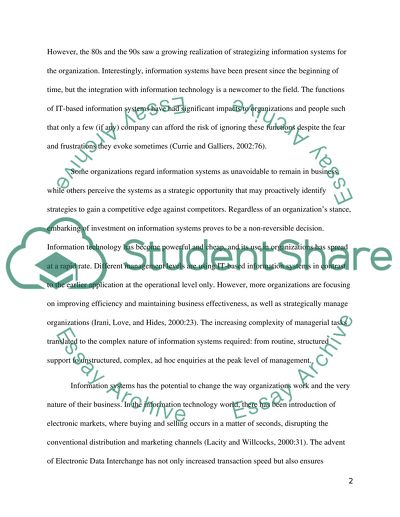Cite this document
(“The Strategic Role of Global Information Systems Essay”, n.d.)
The Strategic Role of Global Information Systems Essay. Retrieved from https://studentshare.org/information-technology/1448131-critically-evaluate-the-strategic-role-of-global
The Strategic Role of Global Information Systems Essay. Retrieved from https://studentshare.org/information-technology/1448131-critically-evaluate-the-strategic-role-of-global
(The Strategic Role of Global Information Systems Essay)
The Strategic Role of Global Information Systems Essay. https://studentshare.org/information-technology/1448131-critically-evaluate-the-strategic-role-of-global.
The Strategic Role of Global Information Systems Essay. https://studentshare.org/information-technology/1448131-critically-evaluate-the-strategic-role-of-global.
“The Strategic Role of Global Information Systems Essay”, n.d. https://studentshare.org/information-technology/1448131-critically-evaluate-the-strategic-role-of-global.


